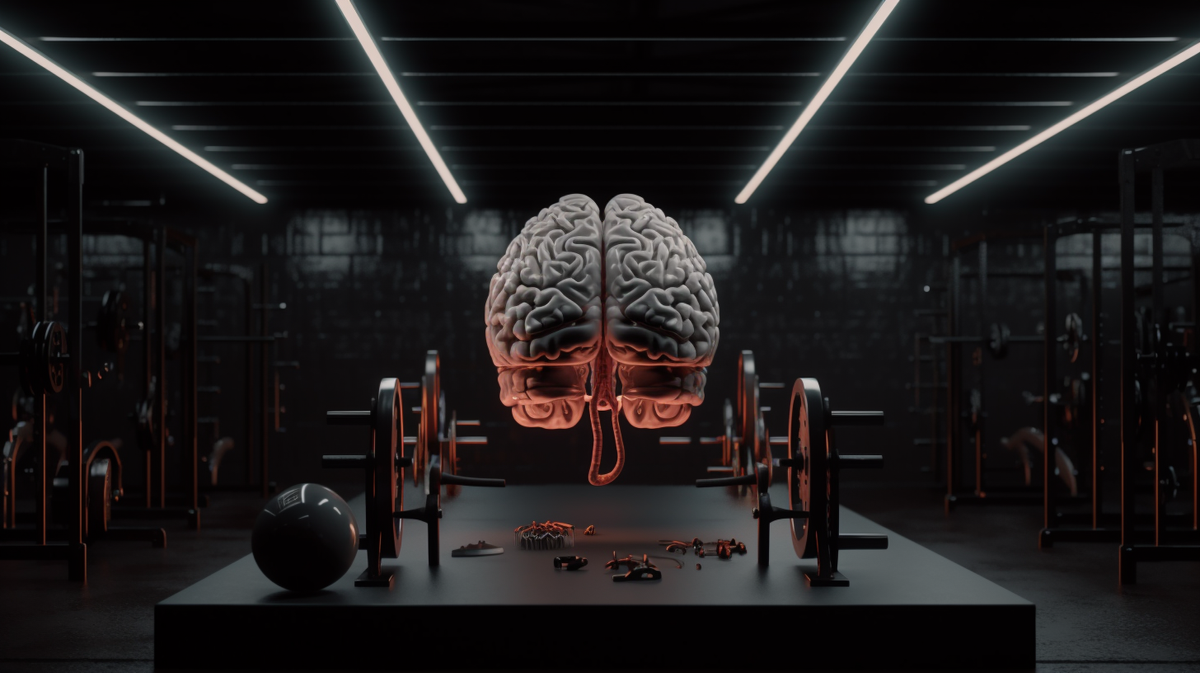Amplifying Athletic Performance: Unleashing the Power of Cognitive Training in Sports
In the realm of competitive sports, success hinges not just on physical prowess but increasingly on mental agility. Traditional training regimens have primarily focused on developing an athlete's physical strength and endurance.

In the realm of competitive sports, success hinges not just on physical prowess but increasingly on mental agility. Traditional training regimens have primarily focused on developing an athlete's physical strength and endurance. Still, it is becoming evident that the mind plays an equally vital role in determining an athlete's overall performance. Recognizing this need for a more holistic approach, an innovative technique - cognitive training in sports - is beginning to revolutionize athletic training. It seamlessly interweaves cognitive exercises with physical training, creating a comprehensive method that significantly amplifies an athlete's overall training load.
However, cognitive training is not just about increasing an athlete's training load; its benefits extend far beyond that. This article aims to provide an in-depth understanding of cognitive training, its benefits, and how you can incorporate it into your training regimen.
What is Cognitive Training in Sports?
Before we delve into the specifics, let's clarify what cognitive training in sports involves. Cognitive training integrates mental exercises into an athlete's physical training regimen. These exercises aim to improve various cognitive functions, such as attention, memory, perception, and decision-making, which can profoundly impact an athlete's performance.
By strategically incorporating cognitive tasks between sets of physical training, the conventional 'rest' periods transform into dynamic breaks. This innovative approach ensures that while an athlete's body is recharging, their mind is vigorously engaged. In other words, the athletes experience active rest periods where they flex their cognitive muscles, thereby harnessing the full potential of their training sessions.
The Power of Cognitive Training: A Holistic Approach
The strength of cognitive training in sports lies in its ingenious utilization of 'rest' periods. Instead of letting the mind idle, it keeps the athlete's cognitive faculties active and engaged, even when their body is in recovery mode. This dual-pronged approach fosters a comprehensive training experience that challenges both the body and mind simultaneously.
What makes this technique exceptional is its holistic focus. The incorporation of cognitive tasks allows athletes to develop not only their physical strength and endurance but also their mental resilience and agility. As a result, they can react faster, make split-second decisions, and handle high-pressure situations better during their performance.
Cognitive training thereby enables athletes to unlock their full potential by training both their bodies and minds. It ensures that they are not just physically prepared for the competition, but also mentally equipped to handle whatever comes their way.
Practical Implementation of Cognitive Training: An Example Guide
Now that we've covered the theoretical basis of cognitive training let's delve into some practical examples. Here are two different ways you can incorporate cognitive training into your regimen:
Quick Sets, Varied Tasks:
In this approach, you would incorporate up to four distinct cognitive tasks during eight 3-minute active rest intervals. This method ensures that the rest periods remain short and intense. Meanwhile, the variety in the cognitive exercises maintains high levels of engagement and challenges the brain in different ways.
Extended Sets, Expanded Range:
This approach is perfect for athletes who prefer a longer rest period. You would opt for five sets of five-minute cognitive tasks. This not only extends the duration of mental engagement but also allows for a wider scope of cognitive exercises.
Progressive Overload: The Key to Effective Cognitive Training
No matter which approach you choose to integrate cognitive training in sports, the concept of progressive overload is vital. Progressive overload involves gradually increasing the intensity, duration, frequency, or complexity of the cognitive tasks week by week. This ensures that the athlete is consistently being challenged, thereby leading to constant improvement.
For instance, you could start with relatively straightforward memory tasks in the first week, gradually moving on to more complex memory tasks that require a higher level of concentration and cognitive effort. Similarly, the duration or intensity of cognitive exercises can be progressively increased to continually push the mental boundaries of the athlete.
The beauty of cognitive training lies in its flexibility and adaptability. Depending on the athlete's preferences, cognitive training exercises can be varied, and their complexity can be adjusted to match their cognitive abilities. The focus remains on challenging the brain and pushing boundaries, even as the body recharges.
Conclusion
Cognitive training in sports is a pioneering approach that offers a more comprehensive and effective training experience. By seamlessly integrating cognitive exercises into physical training, it amplifies the overall training load and helps athletes unlock their full potential.
However, cognitive training isn't just about increasing the training load. It's about providing athletes with a holistic training experience, developing their physical prowess and mental resilience concurrently. It's about transforming rest periods into active cognitive training sessions and pushing mental boundaries even when the body is recharging.
Remember, the champion athletes of the future will be those who train not just their bodies, but also their minds.
🌐 Connect With Us
🌍 Soma Technologies: Engineered to enhance human performance.
📸 Instagram: Dive into our world through exclusive photos and stories.
👥 Facebook: Join our community for the latest updates and discussions.
📈 LinkedIn: Connect with us professionally and stay informed about industry news.
🎥 YouTube: Watch our latest videos, tutorials.
🐦 X: Follow us for instant updates, news, and engaging tweets.
